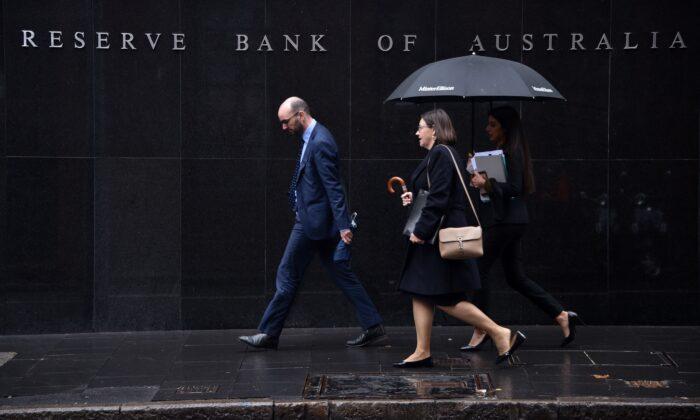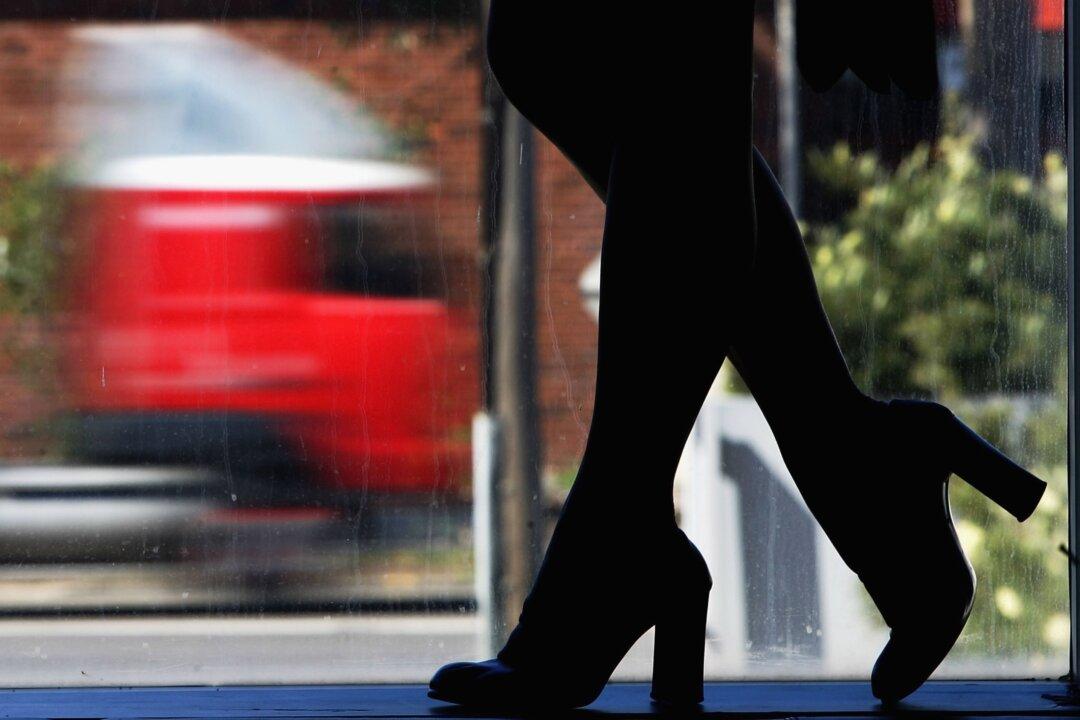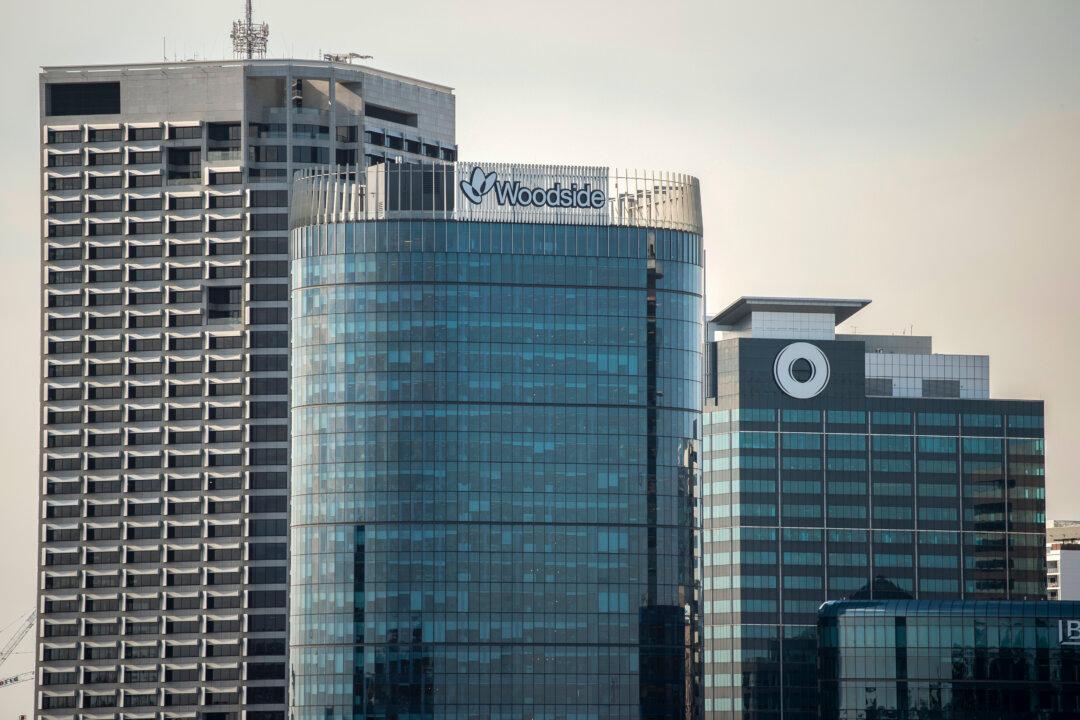The Australian government will announce the position of the Reserve Bank governor within weeks, which may bring a fresh pair of eyes to the monetary authorities’ struggle against inflation.
This comes as the incumbent governor Philip Lowe will finish his seven-year term in September.
Since May 2022, the Reserve Bank of Australia (RBA) has lifted the official cash rate 12 times to contain soaring inflation, taking the rate from the historic low of 0.1 percent to the current 4.1 percent and causing many Australians to experience mortgage stress.
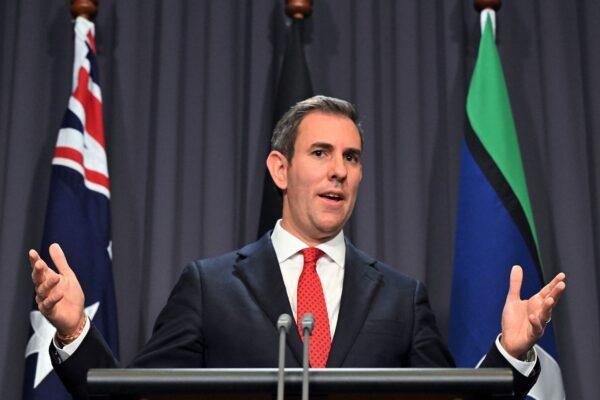
During an interview with ABC radio, the treasurer confirmed that he planned to make a call on the RBA’s leadership in July.
“I am in the process of consulting with my cabinet colleagues and others as well. I hope to finalise a view in the coming weeks.”
No Confirmation on Lowe’s Reappointment
While Chalmers did not confirm whether the government would reappoint Lowe, he noted that the upcoming governor needed to possess a number of qualities.“Obviously, the Reserve Bank governor needs to be well placed to implement the recommendations of the [RBA] review, to take the Reserve Bank into the future,” he said.
“There are all usual considerations in that: a person of credibility, a person with experience, and a person able to take the Reserve Bank forward.”
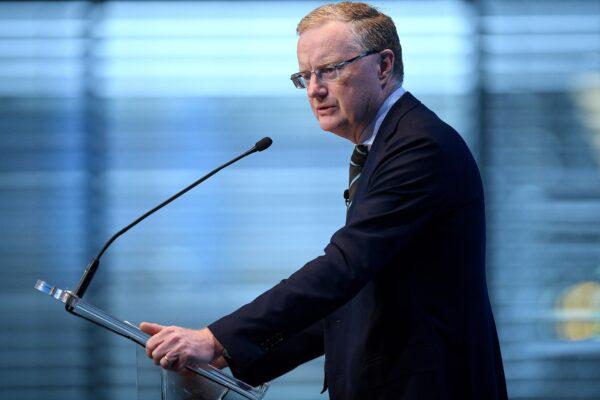
Some major recommendations included creating a second board specifically for setting interest rates and removing the RBA’s power to direct lending policies of private banks.
“It’s a key institution that obviously makes decisions that matter a great deal to the living standards of the Australian people,” Chalmers said.
“That’s why we don’t take decisions like this lightly.”
Lowe has signalled that he is willing to continue his position and lead the RBA reform.
RBA Faces Difficulties with Inflation Control
Chalmers’ remarks come after the RBA expressed that it was facing challenges in the fight against inflation due to the tight labour market.However, during a speech at the Australian Industry Group, Bullock said a jobless rate of around 4.5 percent was considered the lowest possible level consistent with the RBA’s inflation target band of two-to-three percent.
While Bullock indicated that a higher unemployment rate might be needed to get the economy “closer to a sustainable balance point,” she said the RBA board had been willing to accept a more gradual return of inflation to target than many other central banks.
“Our judgement is that if we can return inflation to target in a reasonable timeframe–while preserving as many of the employment gains as we can–that would be a better outcome.”
